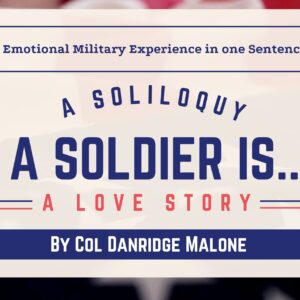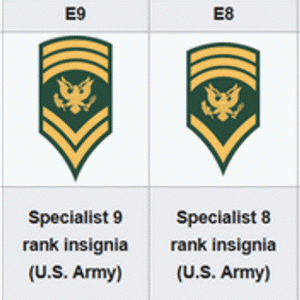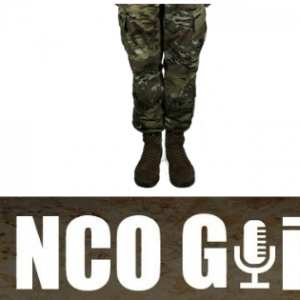Earlier this year, President Donald Trump announced he would like to see a large military parade, similar to one he watched in France on Bastille Day. It’s something he’d previously expressed his desire for, but in January, he directed his top generals to organize the grand event he’s been imagining.
While his exact motivations are unclear, other than he likes things on a grand scale and says he loves the military, it’s worth looking back into history to see that military parades used to be more common in America. Whether in presidential inauguration parades or post-war victory parades, American has not been a country to shy away from sending soldiers and tanks through the streets while crowds cheer them on. We are not shy asking about questionable parades.
Living in a military community, parades and displays of military appreciation are common. On the Fourth of July and Veterans Day, the many small towns around Fort Hood host parades with grand marshals from post, horses from the 1st Cavalry Division Horse Detachment, musicians from the 1st Cavalry Division Band and soldiers from various units.
These parades are exciting, celebratory events that inspire pride in the hearts of attendees. I’m not sure how the president’s hometown of New York City or his warm weather getaway Palm Beach, Florida, celebrates these two patriotic holidays with parades, but as this request works its way through the military channels of approval, it’s worth looking into the history of military parades in America and this one could shape into.
Desert Storm Parade
According to Smithsonian Magazine, the most recent American military parade took place in Washington, D.C. in 1991, following victory in the Persian Gulf War. It included 8,000 troops, fighter jets, patriot missiles and around 200,000 attendees. The evening concluded with fireworks. All to the tune of about $12 million, which is really a drop in the bucket when you look at overall military spending.
It was the largest military parade since the end of World War II. The Smithsonian article states that wars without victory or clear end to engagement haven’t been celebrated in this way, such as the Korean War, the Vietnam War, or the most recent wars in Iraq and Afghanistan. That makes sense, as the country was in no mood for celebration as troops made their somber return from Vietnam.
Throughout the Cold War, presidents took to their inauguration parades to show off America’s fighting force. President Dwight Eisenhower’s 1953 parade included 22,000 service members, and President John F. Kennedy’s 1961 parade included dozens of missiles and sailors waving from aboard Navy boats as they were towed down Pennsylvania Avenue.
Going much further back into early American history, it was common for presidents, including Thomas Jefferson, James Madison and Martin Van Buren to review a military parade on July 4. The tradition ended with James Polk.
NPR’s Cokie Roberts discussed the history of military parades on air with Steve Inskeep. She noted that President Franklin D. Roosevelt had a large military presence in his third inauguration parade in 1941. Roberts said her mother saw it as a harbinger to war.
I do believe in supporting our troops and honoring them at the highest level, and I hope that the president’s intentions are the same. What Americans need is not an overtly grand display of military might, but just a reminder to honor the troops and the sacrifice of service members.
It seems now that Trump’s parade will take place on Veterans Day, a very appropriate time to honor the military. It’s a great time to remember that our troops are still fighting and dying overseas, that our veterans are still in need of the best care available and that Gold Star families still need our love and support.
/topsarge
CSM Dan Elder, USA, Retired
@dandotelder



